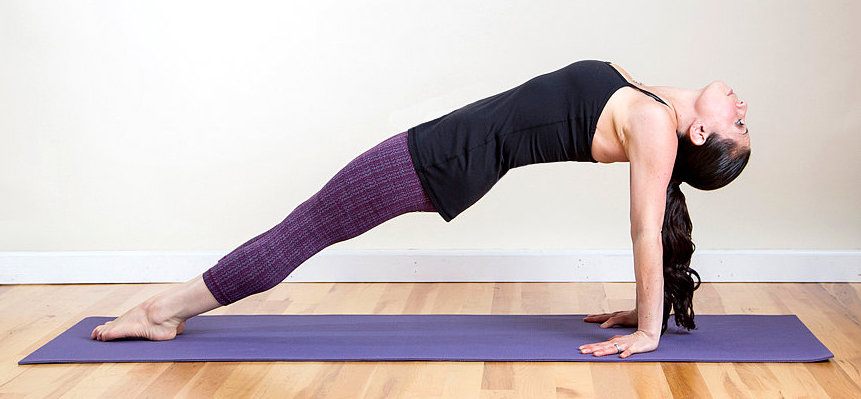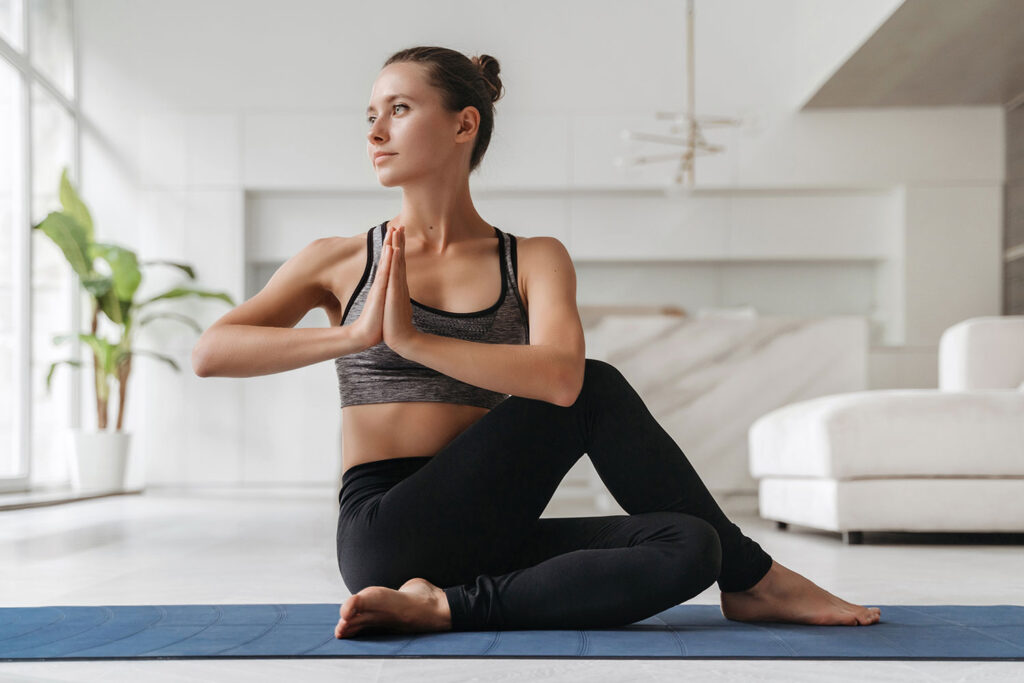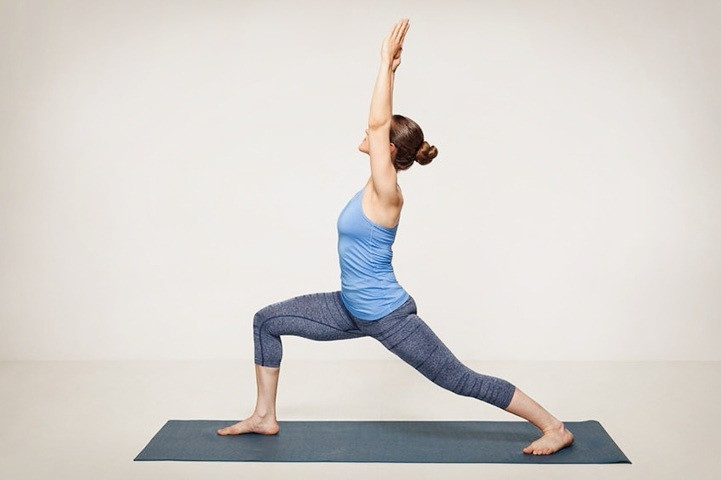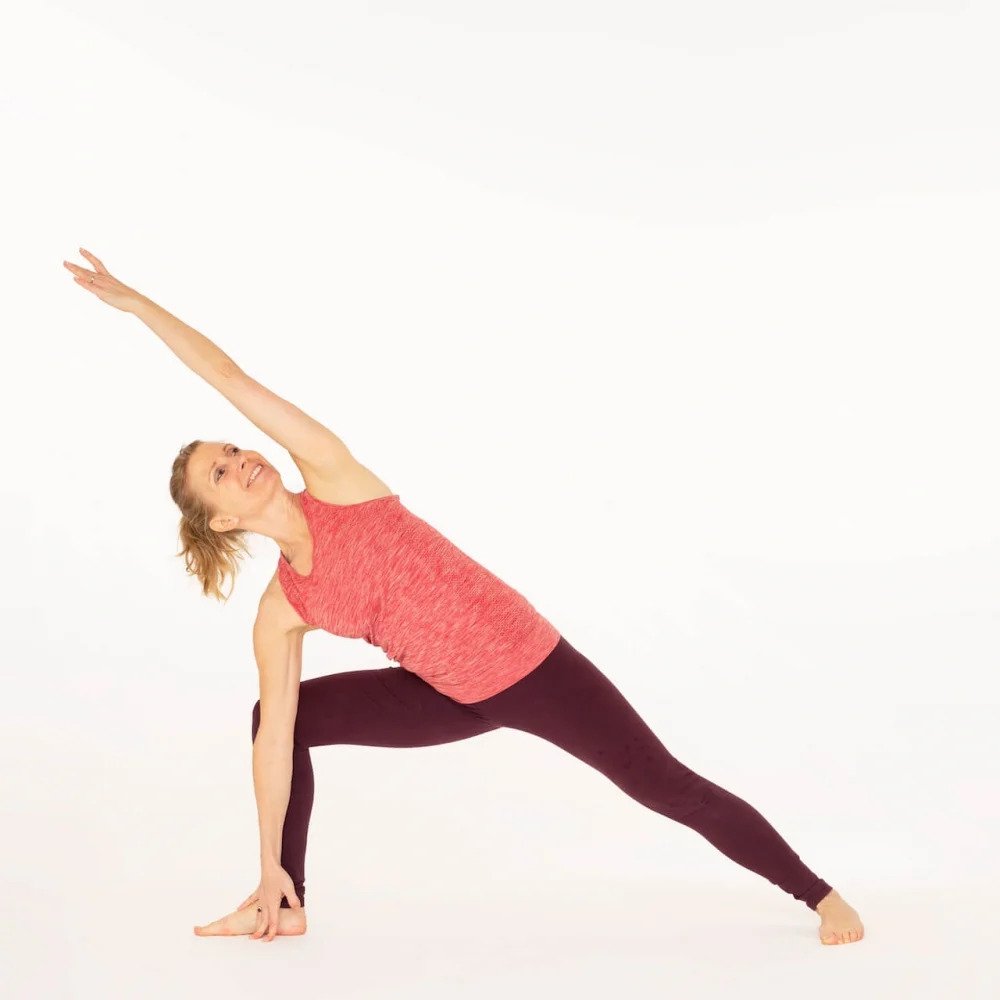Yoga poses make you Fit and Healthy!!
As a beginner yoga student, you may feel overwhelmed by the sheer number of poses and their strange-sounding names. Relax—yoga is a lifelong pursuit, so you’ll have plenty of time to learn dozens of postures.
You can graduate to more difficult postures as you gain experience, but when you’re first starting, it’s best to keep things basic. The basic stances described here will keep you entertained for quite some time.
Types of Poses

- Back ends: As a beginner, you should start with modest spine flexion and extension before progressing to deeper bends. Backbends are vital for spinal health and longevity because you rarely move like this in everyday life.

- Seated Poses: Two seated stretches: After the body has warmed up, seated stretches, which generally focus on stretching the hips and hamstrings, are normally done toward the end of a yoga class. Making yourself more comfortable in these poses by placing a folded blanket or a block under your seat is a wonderful idea.

- Warrior I (Virabhadrasana I)
Warrior One: In Warrior, I, the most crucial thing to remember is that the hips should be facing forward. Consider your hip points to be headlights, and they should be parallel to the front of your mat. This may necessitate a more expansive stance.

- Extended Side Angle (Utthita Parvakonasana) :
In Extended Side Angle Pose, instead of laying your hand on the floor, bring your forearm to your thigh. It should sit softly on your thigh and not be overly heavy. You can keep your shoulders open with this alteration. Alternatively, you can rest your hand on a block.
If you reach for the floor before you’re ready, you risk jeopardizing your torso’s position by turning your chest toward the floor rather than the ceiling.

- Garland Pose (Malasana): Most people in the twenty-first century are unfamiliar with squatting. It is, however, a good stretch for the muscles surrounding the pelvis and is commonly referred to as a “hip opener” in yoga. Surprisingly, it’s also beneficial for your feet, which are sometimes disregarded. Squatting is tough for you, so props can help. Sit on a block or wrap a towel or blanket around your heels. Continue to press your heels into the ground.

- Pyramid Pose (Parsvottanasana): The pyramid position, a standing forward bend, is an excellent moment to use your yoga blocks to make the pose more accessible. To “raise the floor” to a level where your hands can comfortably reach, place a block on either side of your front foot. Your hamstrings will appreciate the stretch and will thank you for taking the time to think about them.
So there you have it: some yoga practices to help you get in shape and stay healthy. These are the basic stances for students and the general public. Following these methods can calm you down and make your skin sparkle.






